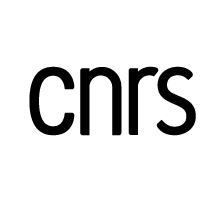Let me hear your handwriting!" Evaluating the movement fluency from its sonification
authors
keywords
- MOTOR
- MUSIC PERCEPTIO
- BIOFEEDBACK
- CONCURRENT FEED
- REPRESENTATION
- WRITERS CRAMP
- DYSGRAPHIA
- DRAWING MOVEMEN
- SOUNDS
- CHILDREN
document type
ARTabstract
The quality of handwriting is evaluated from the visual inspection of its legibility and not from the movement that generates the trace. Although handwriting is achieved in silence, adding sounds to handwriting movement might help towards its perception, provided that these sounds are meaningful. This study evaluated the ability to judge handwriting quality from the auditory perception of the underlying sonified movement, without seeing the written trace. In a first experiment, samples of a word written by children with dysgraphia, proficient children writers, and proficient adult writers were collected with a graphic tablet. Then, the pen velocity, the fluency, and the axial pen pressure were sonified in order to create 45 audio files. In a second experiment, these files were presented to 48 adult listeners who had to mark the underlying unseen handwriting. In order to evaluate the relevance of the sonification strategy, two experimental conditions were compared. In a first ‘implicit’ condition, the listeners made their judgment without any knowledge of the mapping between the sounds and the handwriting variables. In a second ‘explicit’ condition, they knew what the sonified variables corresponded to and the evaluation criteria. Results showed that, under the implicit condition, two thirds of the listeners marked the three groups of writers differently. In the explicit condition, all listeners marked the dysgraphic handwriting lower than that of the two other groups. In a third experiment, the scores given from the auditory evaluation were compared to the scores given by 16 other adults from the visual evaluation of the trace. Results revealed that auditory evaluation was more relevant than the visual evaluation for evaluating a dysgraphic handwriting. Handwriting sonification might therefore be a relevant tool allowing a therapist to complete the visual assessment of the written trace by an auditory control of the handwriting movement quality.









